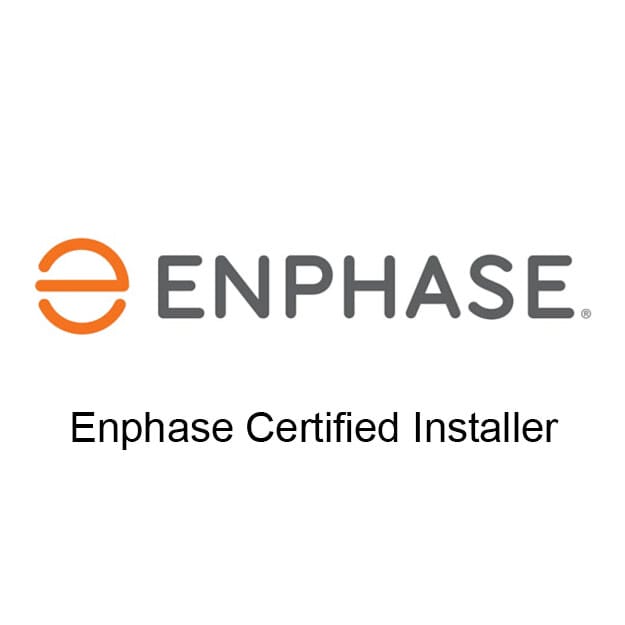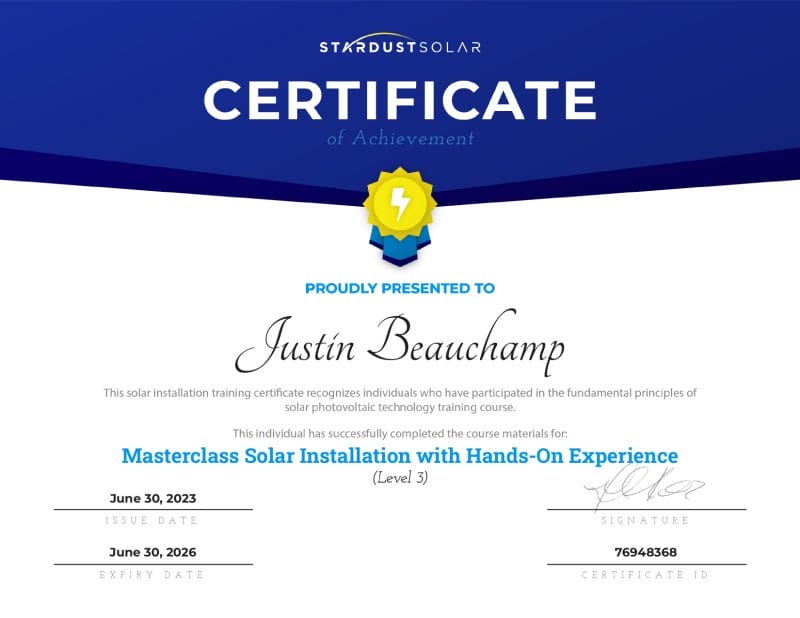The rise of solar power has changed the global energy environment in recent decades. Solar energy has become a clean, sustainable alternative to fossil fuels as climate change concerns have grown.
Photovoltaic (PV) technology, which turns sunlight into electricity, has driven solar power development. Cost reductions from materials science, manufacturing, and efficiency advances have made solar energy more competitive with traditional sources.
As solar power grows in popularity around the globe, including in Canada, this blog will discuss when to expect a decrease in solar power rates and when to look for “solar contractors near me” to make the necessary upgrade.
Solar Power: When Did It All Start?
French physicist Alexandre Edmond Becquerel discovered in 1839 that light generates an electric current in some materials. American inventor Charles Fritts invented the first genuine solar cell in 1888 using selenium and a thin gold coating. However, Fritts’ solar cell was inefficient by modern standards.
The photoelectric effect was explained by Albert Einstein in 1905, helping explain how light generates energy. In 1954, Bell Labs researchers Gerald Pearson, Calvin Fuller, and Daryl Chapin invented the first photovoltaic (PV) solar cell utilizing crystalline silicon to generate energy.
Emergence of Solar Energy Today
Improvements in efficiency, longevity, and affordability are the highlights of solar panel technology’s continuous development. Advances in materials and manufacturing have made a solar power system more affordable and applicable.
Over time, solar panels have become cheaper, making them more competitive with traditional energy sources. Costs have dropped due to government incentives, subsidies, and scaling of solar production.
The number of solar energy contractors has also grown and is generating investments and jobs. With greater competition pushing innovation, this expansion has strengthened the solar market.
Solar Cost: Continuous Drop
The average rooftop solar system costs $25,000. The cost has dropped from $50,000 a decade ago due to lower material costs and more efficient labour and permitting processes.
“Over the past decade, costs have dropped across the board. It’s helped solar grow,” said Shawn Rumery, senior director of research for the Solar Energy Industries Association.
Despite supply chain problems slightly flattening solar costs, he expects the pattern to continue.
Significant advancements in the solar sector are a major factor that can lead to further price drops for solar products.
Solar Power Prices Now Dropping
- Shayle Kann and Varun Sivaram, two solar specialists, say huge economic difficulties must be overcome before solar can supply one-third of our power. Solving these difficulties may determine whether solar technology becomes specialized or global.
- Crystalline silicon photovoltaic panels, the dominant solar technology, have dropped 80% in price in five years. China’s expanded production capacity and cell efficiency improvements partly explain this reduction.
- Utility-scale solar in the US has dropped from $3 per watt in 2007 to $6 per watt since 2014.
- Silicon photovoltaic panels, like many technologies, are constantly changing; costs have dropped 18% with every double increase in manufacturing.
- If worldwide panel manufacturing meets one-third of our electricity needs by 2050, the installed cost per watt might drop to $0.30–$0.70.
- The solar industry should study alternatives to silicon-based panels that could lower solar energy costs in the future.
Value Deflation: How Will It Affect The Industry and Future Costs
The “value deflation” idea states that solar panel electricity becomes less valuable as more are installed. Thus, solar panels must become extremely cheap to rise in size over time.
Solar panels generate electricity throughout the day, with a peak in the afternoon at the sun’s highest point. As of right now, this is an asset, not an issue. Since electricity consumption rises on warm, bright afternoons, installing more solar panels can help satisfy this demand.
Due to solar panels’ zero marginal cost, grid operators use them instead of “peaker” natural gas facilities. Consequently, daytime wholesale electricity prices fall.
Adding more and more solar panels to an existing grid starts to cause problems. Because of this, the wholesale price of power keeps going down. The economic worth of each solar panel falls proportionally.
Solar energy can be supported by raising subsidies or changing utility regulations to protect it from wholesale price and economic worth declines.
Enjoy Solar Power Benefits Now
The Solar Energy Industries Association expects 20% of US energy production will be solar by 2030. Why put it off any longer when you may begin enjoying these benefits right now?
| Benefits | Details |
| Renewable and Sustainable | Solar electricity uses the sun, a renewable energy resource. Solar energy can be used constantly, unlike fossil fuels. |
| Ecological Benefit | Clean, green solar electricity causes little air or water pollution. Going solar reduces greenhouse gas emissions, climate change, and environmental impact. |
| Energy Independence | This can improve energy security, minimize fossil fuel dangers, and build a more resilient and decentralized energy system. |
| Lower energy costs | Installing solar panels can be expensive, but the long-term energy bill savings may make it worthwhile. |
| Grants and Financial Incentives | Many governments and localities give tax credits, rebates, and incentives to install and promote solar power. These incentives can lower upfront expenses and accelerate solar investment payback. |
| Property Value Increase | Solar panels increase the value of homes and businesses. Buyers like solar power’s cheaper energy expenses and environmental benefits. |
Factors That Affect Solar Panel Costs
- Solar Panel Installation Company: The solar panel provider you choose determines the price. Price ranges from the solar equipment system itself to installation and add-ons, so start by researching the top solar energy contractors.
- Panel Size, Weight, and Quantity: Powering most homes requires 20–25 panels. That amount can range from 15 to 34 panels, depending on home size, panel efficiency, and location.
- Panel Types: The main home solar panel types are monocrystalline, polycrystalline, and thin-film.
- Location: Local quotation trends and system size affect solar panel prices by state.
- Pitched Roof: Your solar business will charge extra for challenging installations, and a complex roof will cost more.
- Type of Mount: Solar panel usually has mounting equipment that may be adjusted to maximize sunlight.
- Solar Energy System Type: There are three types of solar power systems: Grid-tied solar system (doesn’t require solar battery backup), Grid-tied solar system (has solar battery backup), and Off-grid systems.
Switch To Solar Energy Today
Solar power is becoming a more appealing and practical choice for governments, corporations, and individuals seeking a more sustainable and resilient energy future.
Like any other time, now is a perfect time to upgrade. MAG Solar is a reliable solar panel installation company serving residential and commercial customers. We install quality solar PV systems, ensuring energy-efficient properties across Lower Mainland and British Columbia. Reach out and install solar panels today.
Solar energy is an investment that will pay out in the long run, regardless of whether prices continue to fall. Your search for “solar contractors near me” ends with MAG Solar today.
Frequently Asked Questions
How long is solar panel installation?
The average solar installation time for solar panels is three days, but it might take as long as five days. Weather, system size, and rooftop accessibility will affect how long your solar installers take to finish.
Do solar panels have a lifespan?
Some solar panels can survive 40 years or more, but most last 25–30 years. Most manufacturers provide limited 25-year warranties but check your panels’ specifics.
Is it worth getting solar panels in Canada?
Although many believe that only heated, sunny regions are suitable for solar panels, Canada receives abundant sufficient sunlight to generate solar energy whether you’re in North Vancouver or West Vancouver. Canada averages 333 bright days or 2,396 hours of sunshine. 52% of the daytime is sunny. While certain parts of the country receive as few as 250 hours of sunshine a year, a solar system can still produce 30% of the electricity it would on a sunny day on cloudy days.







